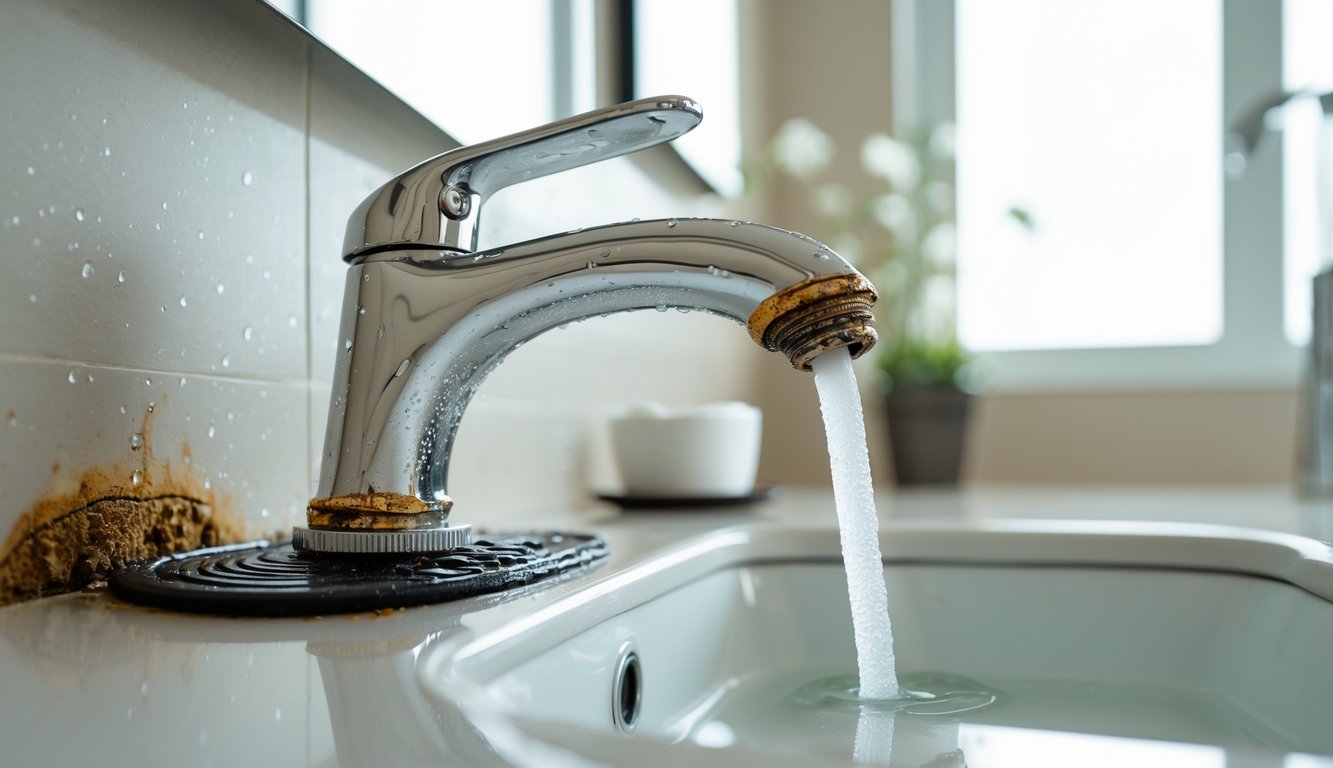
Alright, so here’s the thing nobody tells you until it’s too late: plumbers hate those bargain-bin bathroom sink faucets. You know, the ones that look all shiny and new in the store, but the second you actually use them? Disaster. They’re usually packed with plastic parts inside—so, yeah, they’ll leak, break, and somehow cost you more in repairs than just buying a decent one up front. I’m not even exaggerating. I’ve watched people get sucked in by the “easy install!” sticker, only for a plumber to show up a few months later, shaking their head over a cracked cartridge or stripped threads. It’s like clockwork.
What really gets me is how people just keep buying the same junk, like maybe this time it’ll be different. Newsflash: it’s not. Plumbers have this rule—if the faucet weighs less than your phone, just walk away. I didn’t believe it until I heard about a flood from a faucet that barely lasted six months. And yet, everyone’s hypnotized by the “modern” look and doesn’t even bother to check reviews or figure out what’s actually inside the thing. My uncle (who’s fixed more bathrooms than I’ve had hot dinners) swears by this: ignore the sale sign, read the specs, and don’t trust the packaging.
Ever stand in the aisle, surrounded by all that chrome, and wonder why nobody tells you it’ll be impossible to find a replacement part in a year? Plumbers try to warn people—like, here’s a whole forum thread about which fixtures to avoid—but most folks are too busy comparing price tags. My neighbor thought she was saving money, but after two plumber visits in half a year, she finally caved and got a real faucet. Now? She says the only difference is her water bill isn’t terrifying.
The Bathroom Fixture Plumbers Warn Against
Imagine this: you’ve got a brand new vanity, but water’s pooling underneath it and the faucet won’t stop dripping. You grab a wrench—nothing. At this point, you’re just burning money. Plumbers see these messes all the time, and honestly, it’s like the fixtures are cursed.
Why Plumbers Advise Avoiding Certain Fixtures
Rainfall showerheads—don’t get me started. They look fancy, but I’ve seen the flow restrictor clog up in a couple months, or the finish starts flaking after one bad water cycle. A friend of mine spent $200 on a “DIY” bidet, and we still had to call a plumber after three hours of YouTube tutorials. Seriously, just check Family Handyman’s warning: if you don’t even know where your shut-off valve is, you’re just asking for a disaster.
Salespeople love to push these “innovative” fixtures, but nobody mentions the weird hidden panels or the custom valves you’ll never find again. Plumbers joke about which smart toilet will fry itself first, but it’s not really funny when you’re the one paying for the replacement. Sometimes people wall off pipes or skip venting entirely—then act surprised when things go wrong. It’s not about being a snob; it’s just that nobody wants to crawl under a sink to fix some futuristic nightmare.
Common Issues Caused By Problematic Fixtures
Don’t even get me started on supply lines that don’t fit. Every week, I see someone try to force a connector that’ll never seal, usually with some “universal” hose that’s anything but. Bathtubs with LED lights? Good luck finding the access panel. And if your faucet uses some weird proprietary part, guess what—you’re waiting weeks for a replacement, if you can even find one.
Blocked valves, constant drips, trap assemblies that ignore local plumbing code—these aren’t rare. Most people don’t even notice until their water bill explodes. I’ve got a mental blacklist of fixtures I won’t touch unless someone signs a waiver (hello, random internet imports). But everyone trusts five-star reviews over the plumber who’s rebuilt the same shower valve in three different neighborhoods. Sometimes I wonder why anyone bothers with “upgrades” at all.
Risks of Installing the Wrong Bathroom Fixture
Why does nobody talk about the hidden damage from these cheap fixtures? I’ve seen more ruined floors and secret leaks from a $30 tub spout than I care to admit. Fixtures might look the same, but the details—thread sizes, pressure ratings, where the restrictor sits—will trip you up every time.
Water Damage Concerns
Every time I pull out a “budget” fixture from some rushed remodel, it’s the same behind the wall—stains, soggy drywall, and nobody’s checked the shutoff valve in years. Last summer, I found black mold behind mirrored tile, all thanks to a leaky mixer from a house flip. It’s a nightmare.
People miss the little things: bad seals, mismatched P-traps, one lousy washer. The risks of unprofessional bathroom remodeling are real, but the costs don’t show up for months. Leaks rot subfloors before anyone notices—even those fancy leak detectors can’t catch everything. Honestly, a faucet with an ANSI or UL rating isn’t a luxury, it’s basic self-preservation.
Plumbing Issues and Repair Costs
Ever tried fixing a cross-threaded supply line at midnight? That $60 “deal” turns into a $450 repair, fast. Family Handyman lists nine mistakes—people make them all the time. I once saw someone use a kitchen sprayer hose for a showerhead. Water pressure nearly wrecked the pipe and sprayed into an outlet. Genius.
Undoing this stuff costs even more. Labor’s at least $45 an hour, and that’s if you don’t have to rip out tile or track down rare parts. I don’t hate DIY, but the second you start improvising with connections that aren’t meant for bathrooms, you’re just doubling your bill later. One master plumber said, “90% of emergencies start with a mismatched fixture or missing escutcheon.” So, yeah, stick to what the manufacturer says, or expect a visit (and an invoice).